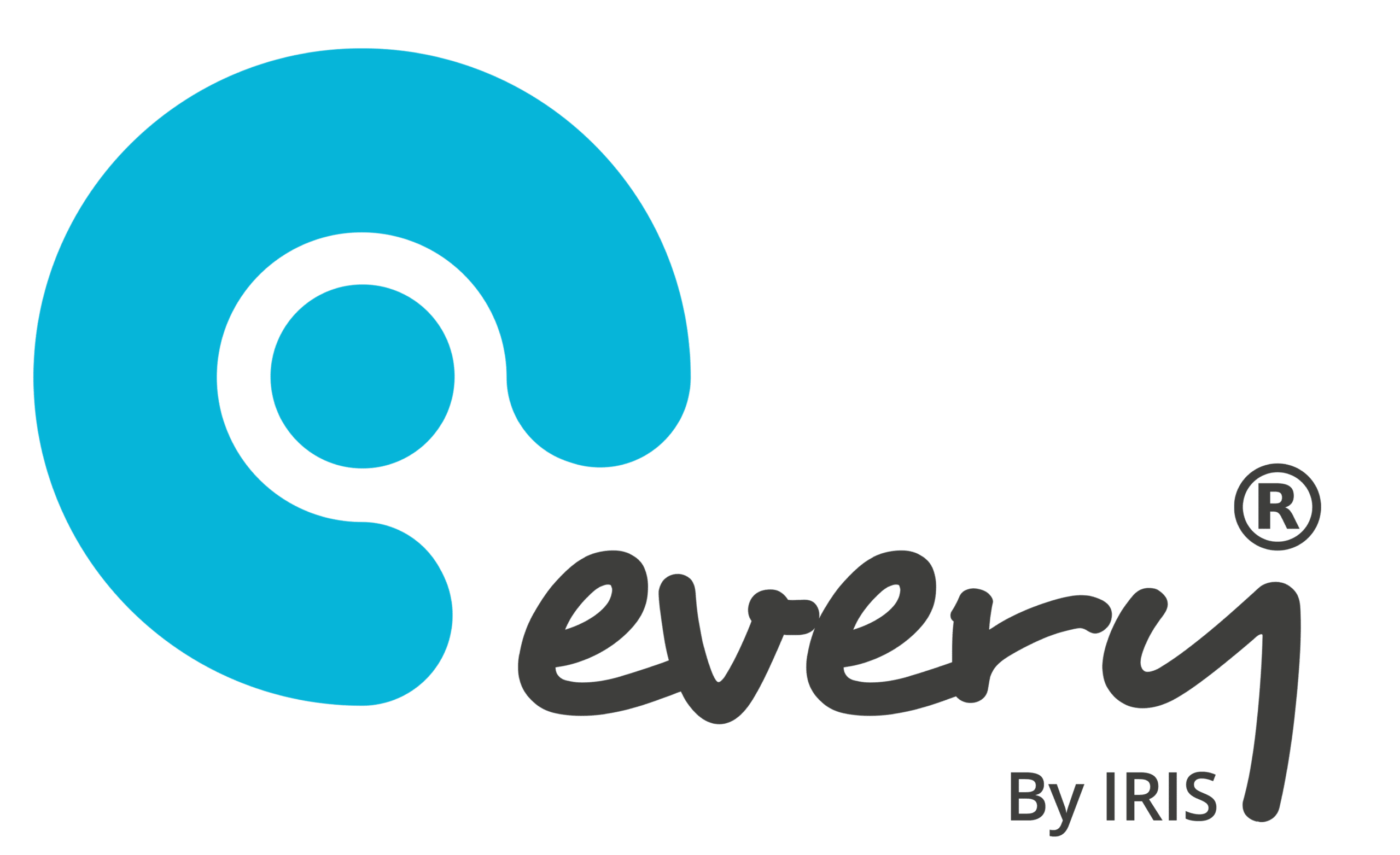Change isn’t a new concept within schools and MATs. Eleventh-hour changes require the ability to adapt, and changes to existing systems and processes provoke a mix of excitement and hesitation. How can you ensure that any changes your school or MAT faces are successful? Read on to find out!
Out with the ‘norm’, in with the ‘new’
In the last couple of years especially, the education sector has waded through an immense flurry of alterations to ‘normal’ school life. From making all lessons remote with just a few days’ notice to embracing hybrid working models, adapting to and embracing technology has been keeping schools moving.
As more professionals embrace digitisation within their settings, mass potential is being uncovered. However, the common setback is how to get all staff on-board with such significant changes to fundamental ways of working.
Change: understanding the ‘why?’
Changes are usually based on positive intentions, like speeding up processes and increasing task transparency. But one of the most major things that stands in the way of getting change off the ground is a lack of understanding as to the ‘why’. Many organisational decisions are made by the few but affect the many, with the impact of change felt throughout the whole school workforce.
For instance, when choosing HR management software, it makes sense for the main decision-makers to be the HR team. After all, they are the ones using the system day-in, day-out! However, new HR software can affect all departments, no matter how much or little interaction they have with it.
Take our HR software; it empowers all employees to populate and control their personal data. Via the self-service employee portal, they can easily complete a range of tasks, from updating their contact details to submitting leave requests to viewing their performance records.
These activities benefit both the HR team and the employee. The HR team saves time in populating data; the employee has control over their personal information and professional tasks. Dedicating time to properly explain how changes are advantageous to staff is a rewarding exercise that helps change be embraced.
The importance of vision
The key to longer-term, sustainable change is having a clear vision that everyone buys into. Any change will have direct or indirect affects to other activities within the school or MAT. So, when you can outline exactly how the change will help you to achieve a goal for next term or hit a five-year target, the decisions that are made begin to make more sense to the wider workforce.
Classic lessons
To Kill a Mockingbird is as renown for its storyline as it is for its lessons. Harper Lee famously wrote ‘you never really understand a person until you consider things from his point of view; until you climb into his skin and walk around in it.’ And it’s a phrase that should be in mind whether you are the one championing change or you are the one having change suggested to you.
For example, an administrative assistant might voice that they find constantly updating and distributing policies to the relevant staff members a lengthy, manual task. They have heard about software that can help automate certain parts of this activity, speeding up the process.
Their manager, however, is not so keen on the idea. They are responsible for ensuring all employees receive and read these changing pieces of information. They do not see an issue with the current system; it works and it ensures compliancy. The time it takes doesn’t affect them; they just want certainty that the actions they are accountable for have been carried out thoroughly.
The administrative assistant remains disgruntled that their concerns have not been listened to, and they have no choice but to continue with in a slow and challenging manner. The relationship between the two members of staff steadily becomes disengaged.
What does this teach us? When staff members make cases for new or changes to current ways of working, it’s because something isn’t working so well for them. Ignoring and not considering their thoughts not only risks professional relationships, but can miss key areas in which processes can be refined with positive outcomes.
A symbiotic relationship
Strive to stop consciously viewing others’ problems in the context of your own. Change requires open minds, not closed! To help achieve this, encourage and empower your colleagues to partake in the decision-making process. This can really help to refine proposed changes to maximise their benefits and minimise their disruptions.
Also remember that once a change has taken place doesn’t mean it’s finished. Regularly refining ways of working helps to maximise the effects of change – you’ll be surprised at the efficiencies you uncover!
The Changemaker’s Guide to Process Efficiencies
As education begins to really harness and discover the power of technology, the sector is uncovering inefficiencies. Whether forward-facing or back-office, activities can be changed to welcome more streamlined processes.
We’re experts in helping schools and MATs realise the need to implement software changes for effective HR management, as well as equipping initiators with the tools they need for a smooth change transition.
We’ve proudly developed our latest whitepaper which explores the importance of engaging and celebrating change champions within schools. Whether you’re leading the force or making subtle encouragements, schools and MATs need all types of changemaker to ensure effective change. In a landscape where change seems to be the only constant, let’s move away from fearing it!
Make 2022 the year YOU drive successful change within your school or MAT.
| Thank you for Signing Up |




